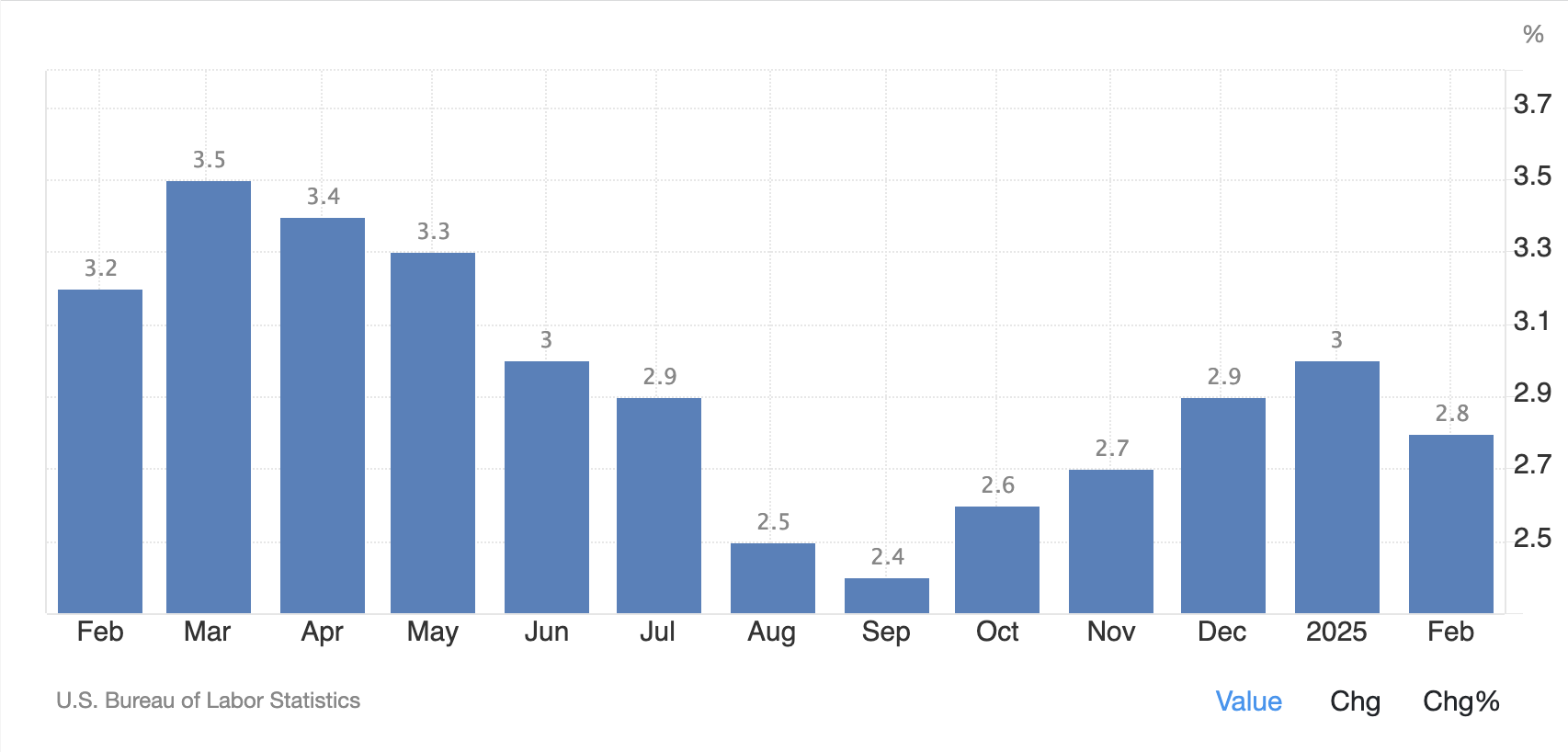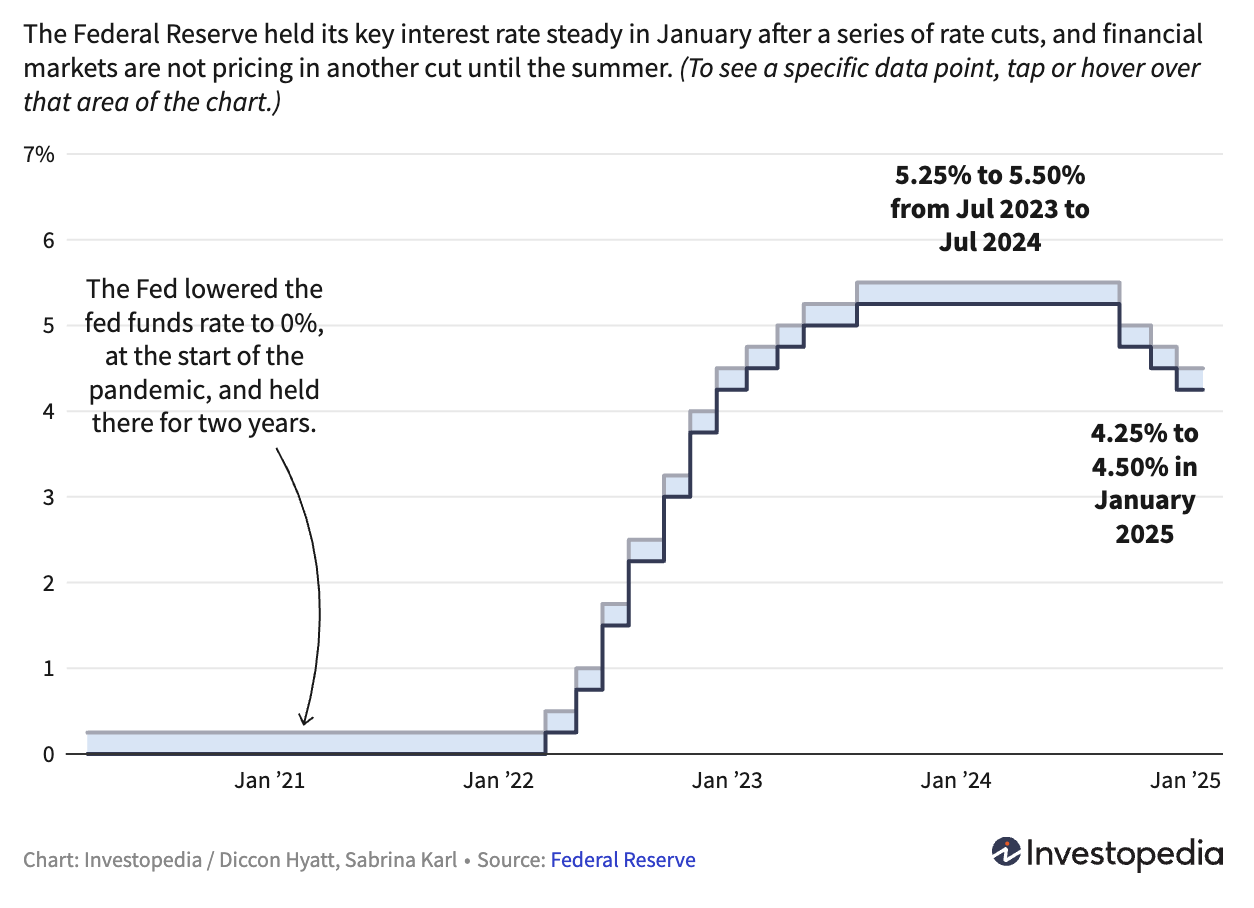Analysts' Ideas of the Week
Cooling Inflation, Soft Sales: Fed Rate Cut Speculation Fuels Market Rebound
ByFRC Analysts

Disclosure: Articles and research coverage are paid for and commissioned by issuers. See the bottom for other important disclosures, rating, and risk definitions, and specific information.
Highlights
After a sharp selloff in equity markets triggered by Trump-initiated trade wars, a glimmer of optimism emerged last Friday, as stocks staged a rebound. The catalyst? A combination of cooling inflation data and unexpectedly soft retail sales figures, which together hint that the U.S. Federal Reserve might pivot toward rate cuts sooner than expected. With trade tensions still simmering, investors are navigating a landscape shaped by macroeconomic shifts and monetary policy speculation. Let’s dive into the latest developments, explore their implications, and highlight trends for investors to watch.
Inflation Takes a Breather, Easing Pressure
Inflation in the U.S. showed signs of retreat in February, offering a reprieve for markets rattled by persistent price pressures. The Consumer Price Index (CPI), as reported by the U.S. Bureau of Labor Statistics, dropped to 2.8% YoY, down from 3.0% in January, and slightly below the market’s expectation of 2.9%. On a monthly basis, CPI edged up by 0.2%, a marked slowdown from January’s 0.5% rise. This cooling suggests that the Fed’s previous rate hikes are starting to tame inflation, potentially opening the door for a more accommodative policy stance.

Source: U.S. Bureau of Labor Statistics via tradingeconomics.com
The easing of inflation is a positive signal for equity markets. Investors may find this environment more supportive for growth-oriented sectors.
Retail Sales Disappoint, Signaling Caution
Consumer spending, a key driver of economic growth, came in weaker than anticipated. February retail sales rose by a modest 0.2%, a rebound from January’s 1.2% decline but missing the consensus forecast of a 0.7% increase. This sluggish performance reflects growing caution among consumers, likely exacerbated by fears of a recession fueled by Trump’s tariff initiatives and escalating trade war risks. While the equity market’s recent uptick suggests some optimism, the softness in retail sales underscores lingering economic fragility that investors can’t ignore.
Weak retail sales highlight potential cracks in consumer confidence, which could weigh on sectors reliant on discretionary spending, such as retail and luxury goods. We believe consumer spending may remain subdued in the near term as trade uncertainties persist, but a potential Fed rate cut could bolster confidence later in 2025, encouraging a gradual recovery in retail activity.
Fed Policy: A Dovish Tilt on the Horizon?
The Federal Reserve’s next steps are under intense scrutiny, with financial markets betting heavily on the central bank maintaining its benchmark federal funds rate at 4.25% to 4.50% in the near term. This follows the Fed’s decision in January to hold rates steady after a cumulative 1% cut over its prior three meetings. We believe the odds of a rate cut at the Fed’s May meeting have climbed. This shift reflects growing expectations that softer economic data might prompt the Fed to ease monetary policy sooner rather than later.

The chart on the Fed funds rate provides a clear visual of this journey, showing rates climbing to a peak of 5.25% to 5.50% in mid-2023 before the recent cuts brought them to the current range by January 2025, offering context to the current policy stance.
While the Fed may hold steady in the immediate term, a rate cut by mid-2025 seems plausible if economic indicators continue to soften, potentially spurring a broader market rally.
Navigating Trade War Risks
The specter of trade wars, ignited by Trump’s tariff initiatives, continues to cast a shadow over global markets. Rising tensions are stoking fears of a recession, particularly as tariffs threaten to disrupt supply chains and increase costs for businesses. Industries with heavy international exposure, such as manufacturing and agriculture, are particularly vulnerable. At the same time, domestic-focused companies may find a silver lining if trade barriers redirect demand inward, though the net impact on the economy remains uncertain.
We believe escalating trade tensions could pressure markets through 2025, though diplomatic breakthroughs or policy adjustments might mitigate some of the damage, offering a potential reprieve later in the year.
Opportunities and Watchpoints
The current environment offers a mix of challenges and opportunities for investors. Here are some sectors and trends to consider:
Technology: Lower interest rates often favour growth stocks, making tech a potential beneficiary of anticipated rate cuts.
Real Estate: With the Fed potentially shifting to a dovish stance, real estate investment trusts (REITs) and homebuilders, such as Prologis, Inc. and NVR, Inc., might gain traction, as lower rates reduce mortgage costs and spur demand.
Consumer Staples: In a cautious spending environment, staples like Procter & Gamble offer stability, as demand for essentials remains resilient even amid economic uncertainty.
Mining and Commodities: A weaker U.S. dollar, often a byproduct of rate cuts, could lift commodity prices, benefiting miners of gold and silver. Our top picks in this space are Monument Mining, and Contango Ore.
The equity market’s recent bounce reflects a delicate dance between hope and uncertainty. Cooling inflation and the prospect of Fed rate cuts are breathing life into stocks, but soft retail sales and trade war risks remind us that challenges linger. For investors, the path forward involves balancing growth opportunities in tech and real estate with defensive plays in staples, all while keeping an eye on the U.S. dollar’s trajectory. As the Fed’s policy direction and global trade dynamics evolve, staying adaptable will be key to navigating what promises to be a dynamic 2025.



